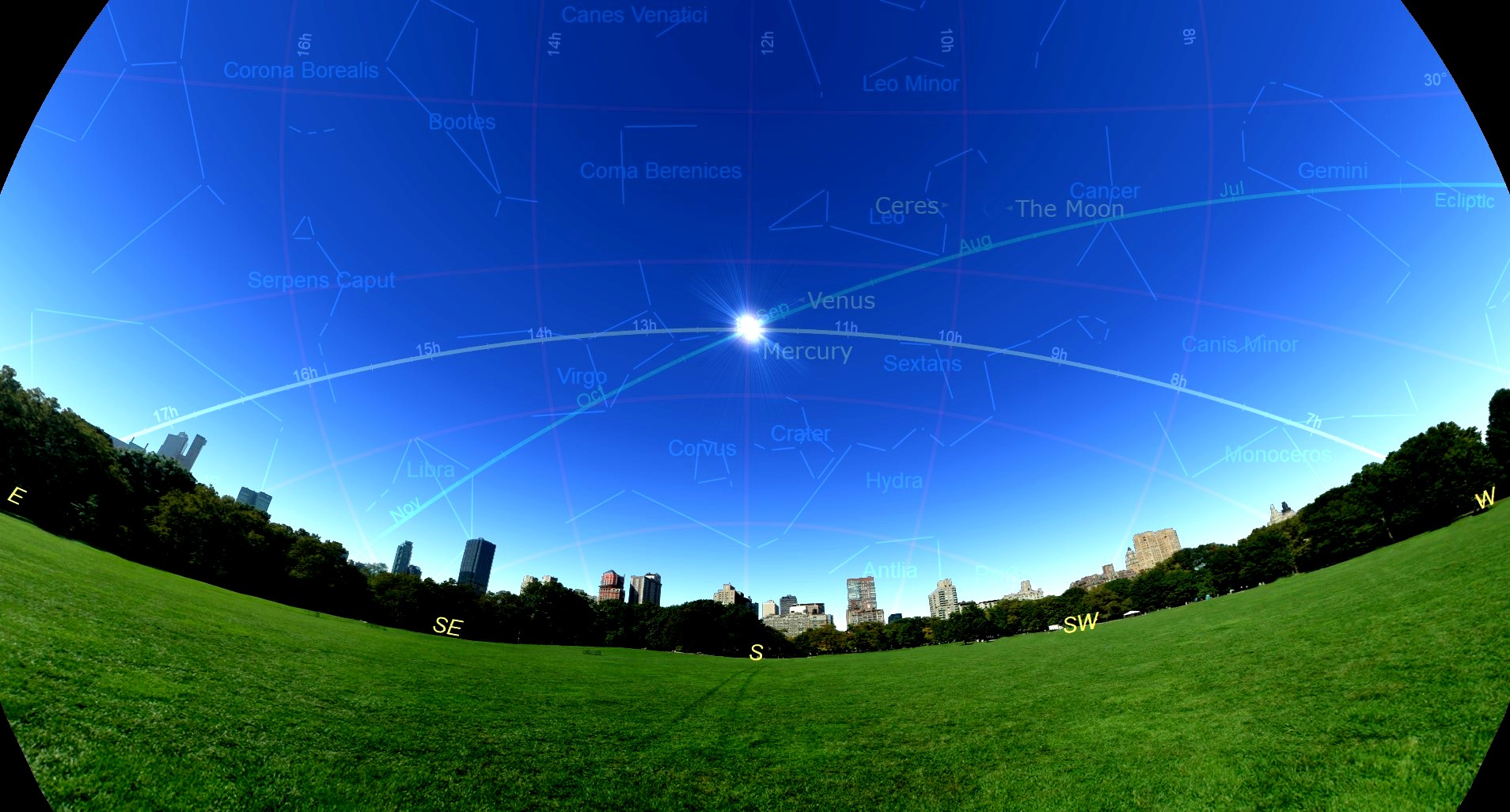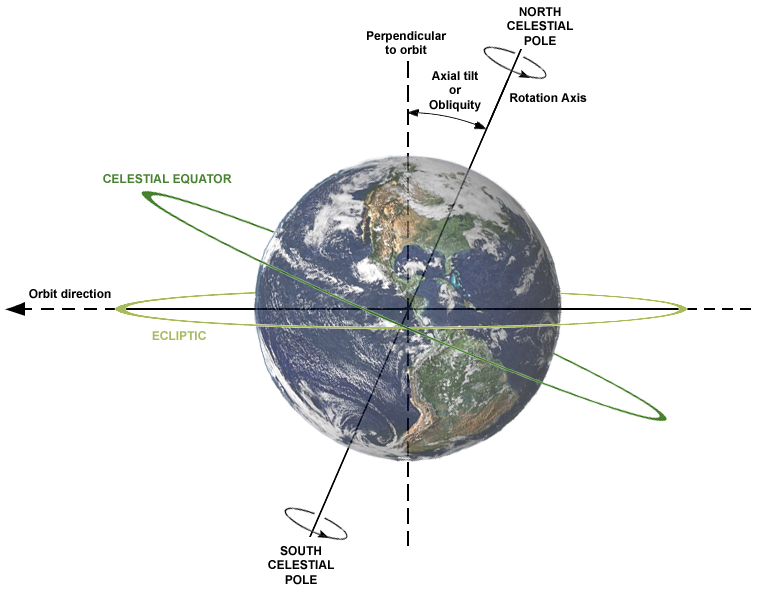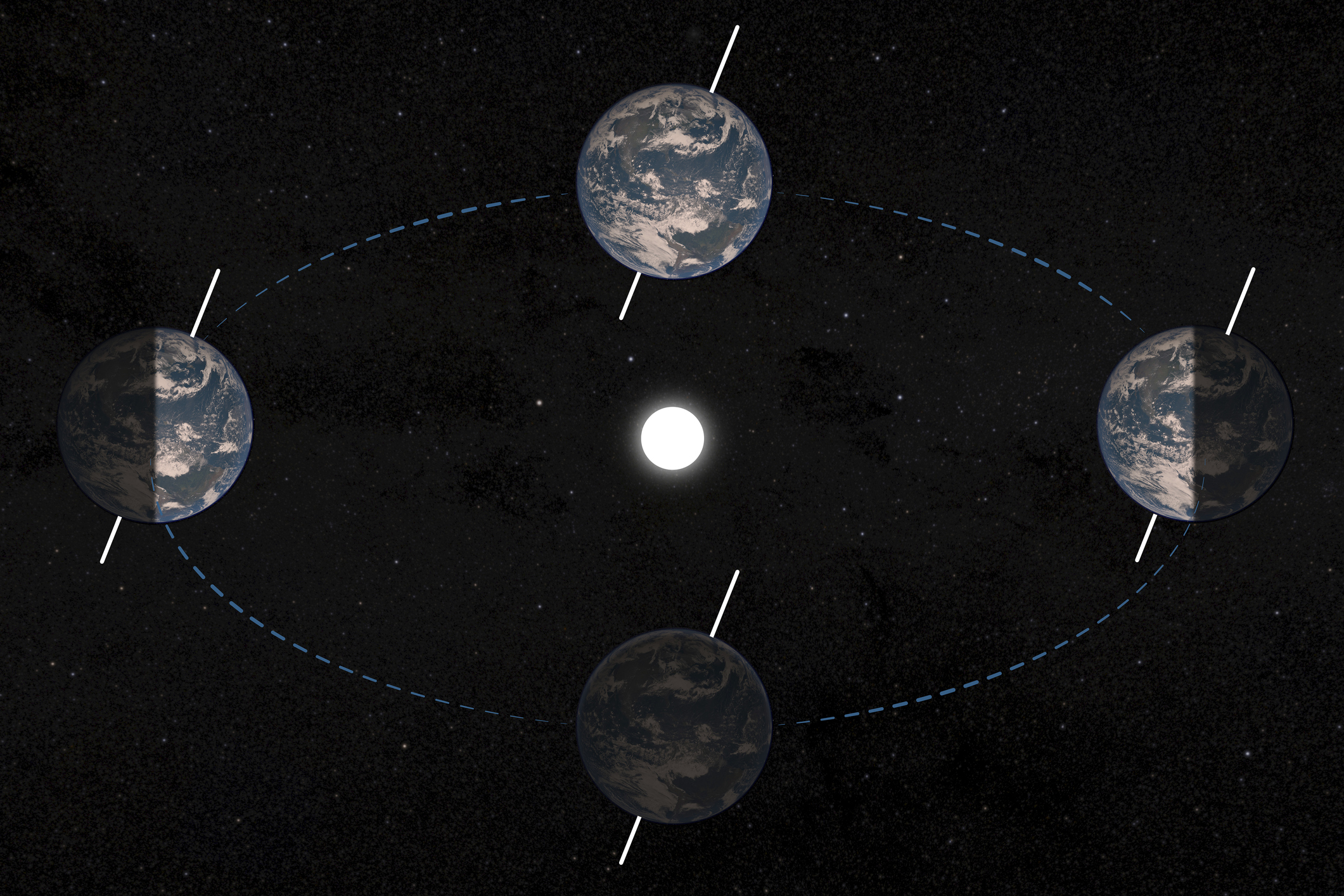Autumnal equinox 2022 brings fall to the Northern Hemisphere today (Sept. 22)
The day marks the beginning of autumn in the Northern Hemisphere.

The autumnal equinox occurs on Thursday (Sept. 22), at which time the sun will be directly over Earth's equator. This means everyone across the globe gets a day and night lasting approximately 12 hours each.
For the Northern Hemisphere, the September equinox marks the first day of autumn. On the other side of the equator, the Southern Hemisphere, the autumnal equinox marks the onset of spring.
On the day of the equinox observers all over the the globe will see the sun rise from the direction of due east and set in the direction of due west.
Related: Autumnal equinox 2022: Twilight and myths of the equinox and 6-month polar night
The autumnal equinox, which always falls between Sept. 21 and Sept. 24, is one of two equinoxes. The other, known as the vernal equinox or March equinox, occurs each year between March 19 and March 21 and marks the start of spring in the Northern Hemisphere and autumn in the Southern Hemisphere.
Equinoxes occur because Earth is tilted in relation to the sun as it orbits the star. The Earth has an axial tilt of 23.5 degrees, meaning that not all regions of the planet receive the same amount of light from the sun at various times.
This axial direction is fixed, pointing towards the North Star throughout the year, but it does not always point towards the sun.
Get the Space.com Newsletter
Breaking space news, the latest updates on rocket launches, skywatching events and more!
To picture the Earth's axial tilt, imagine taking a gigantic cosmic pencil and pushing it through the center of Earth so the tip emerges from the South Pole and the eraser end sticks out of the North Pole.

As Earth orbits the sun, the eraser of the pencil is angled in such a way that sometimes it is tilted towards the sun — around June — while the tip is pointed away. This means the Northern Hemisphere receives more sunlight while the Southern Hemisphere receives less. This is summer in the Northern Hemisphere, and winter in the Southern Hemisphere.
At other times, such as in December, the eraser points away from the sun with the tip angled towards it. This case, the above situation is reversed, and thus the Northern Hemisphere experiences winter and the Southern Hemisphere has its summer.
Twice a year, however, this imaginary pencil is angled straight up with respect to the sun. This means the sun is positioned directly above the equator and both the Northern Hemisphere and Southern Hemisphere receive the same amount of sunlight.

These times are the two equinoxes — meaning 'equal night' in Latin — with the day for both hemispheres lasting almost exactly 12 hours.
Because Earth's orbit around the sun takes roughly 365.24 days each year ( barring leap years), the time of the equinoxes is shifted back by 5 hours and 48 minutes each year.
The next equinox, the March equinox (or vernal equinox) of 2023, will occur on Monday, March 20, with next year's autumnal equinox occurring on Sept. 23.
Follow us on Twitter @Spacedotcom or on Facebook.
Join our Space Forums to keep talking space on the latest missions, night sky and more! And if you have a news tip, correction or comment, let us know at: community@space.com.

Robert Lea is a science journalist in the U.K. whose articles have been published in Physics World, New Scientist, Astronomy Magazine, All About Space, Newsweek and ZME Science. He also writes about science communication for Elsevier and the European Journal of Physics. Rob holds a bachelor of science degree in physics and astronomy from the U.K.’s Open University. Follow him on Twitter @sciencef1rst.









